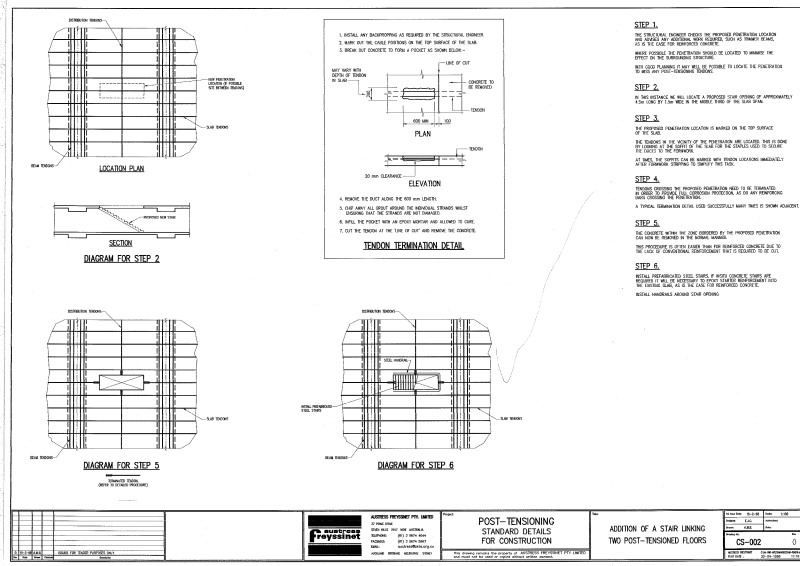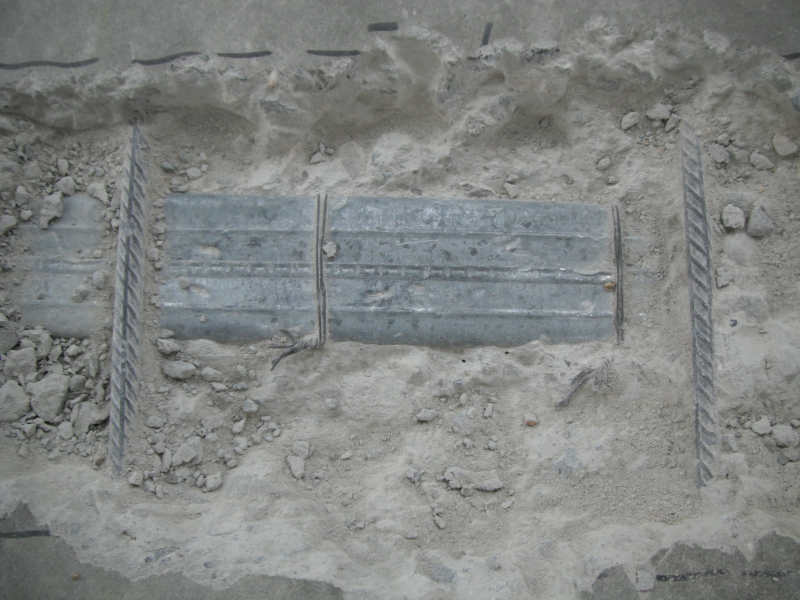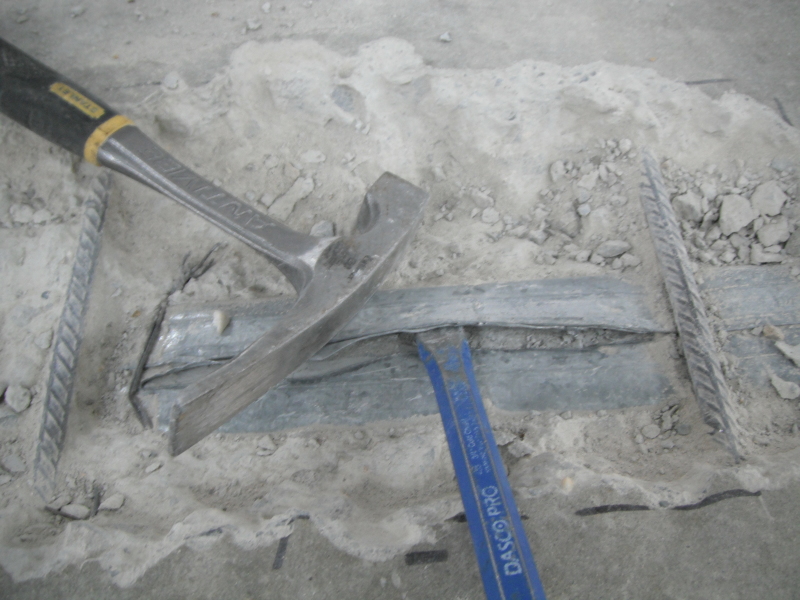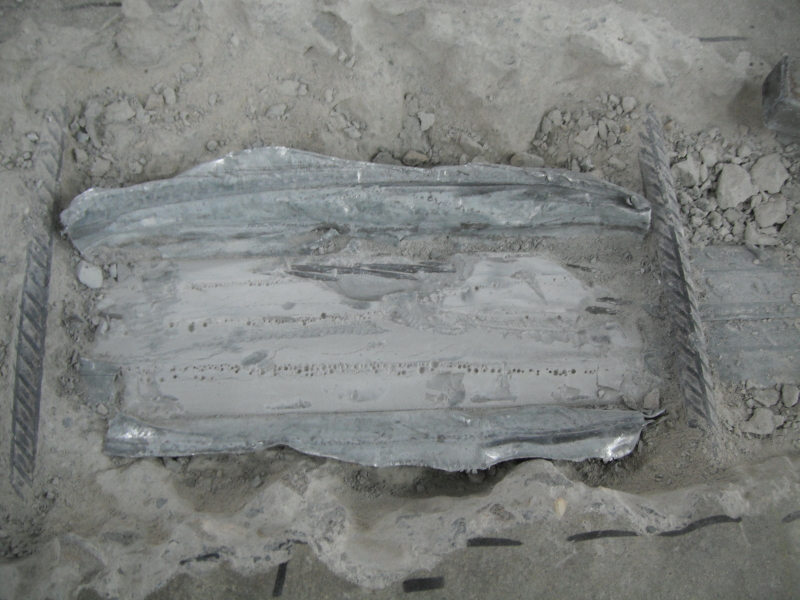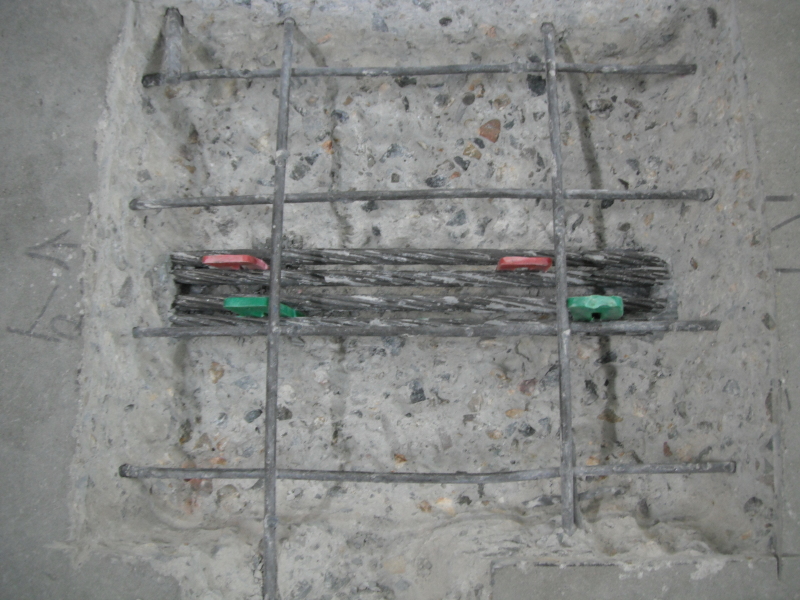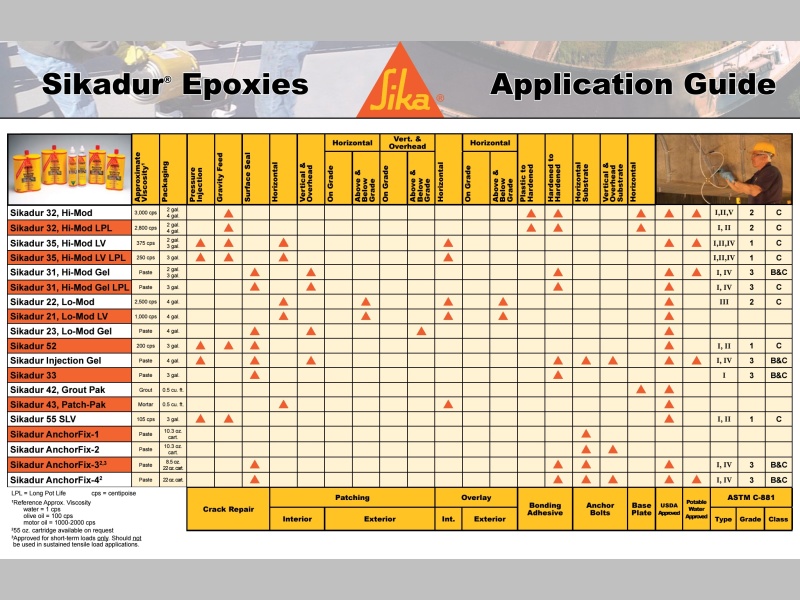AlbertStructural
Civil/Environmental
Hello Everybody,
I am looking for a code or reference document or any technical approval from any renowned body regarding procedure for cutting of PT tendons. There are many situations in which due to certain changes in building layout (mostly related to MEP / HVAC services) we need to do coring in PT slabs which inevitably involves cutting of some of PT tendons. Is there any document citing the exact procedure of doing so. I myself do have a method statement to do the same but that is based purely on experience and doesn't come from a standard / code etc.
Any info is appreciated.
Regards
I am looking for a code or reference document or any technical approval from any renowned body regarding procedure for cutting of PT tendons. There are many situations in which due to certain changes in building layout (mostly related to MEP / HVAC services) we need to do coring in PT slabs which inevitably involves cutting of some of PT tendons. Is there any document citing the exact procedure of doing so. I myself do have a method statement to do the same but that is based purely on experience and doesn't come from a standard / code etc.
Any info is appreciated.
Regards

